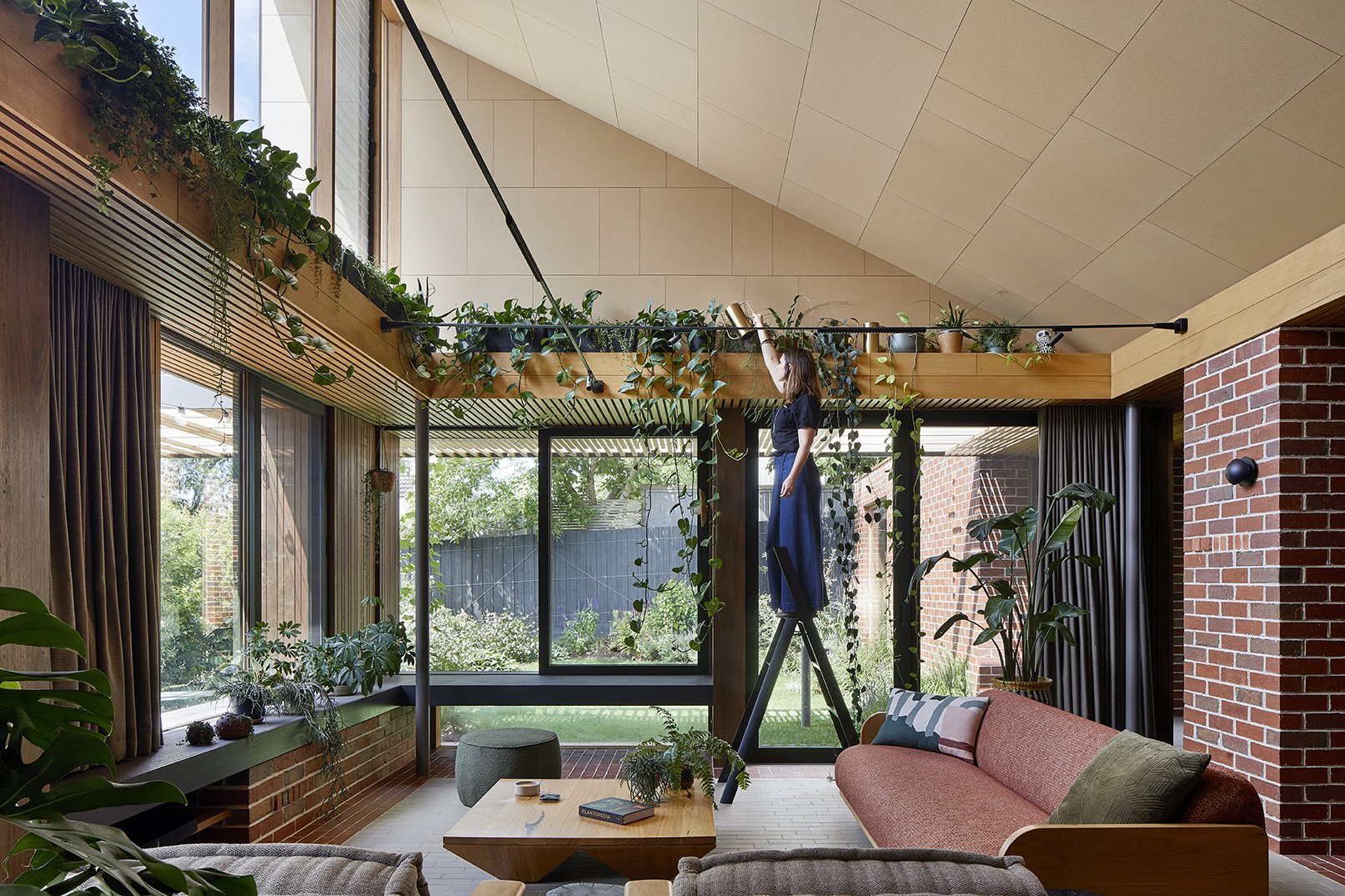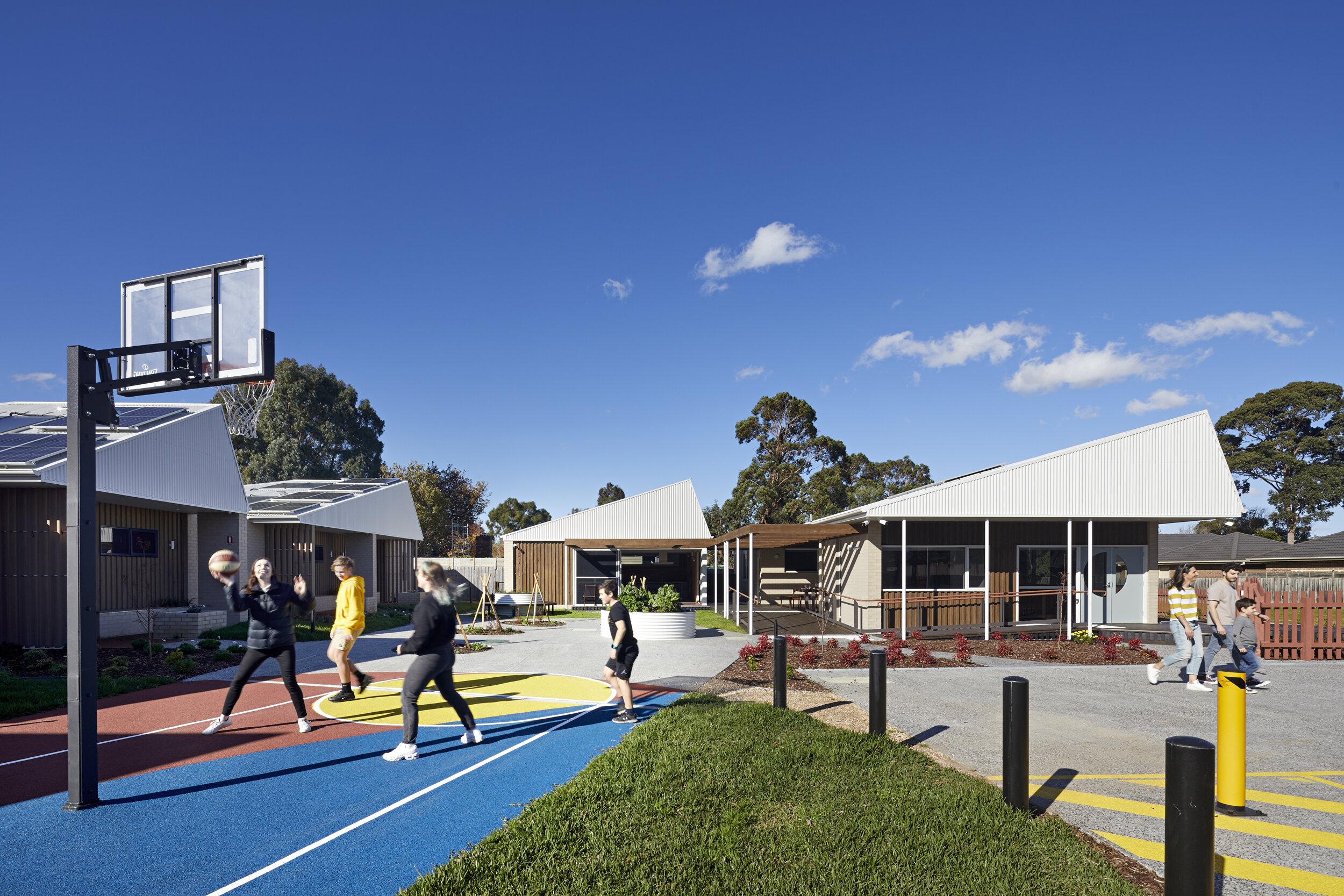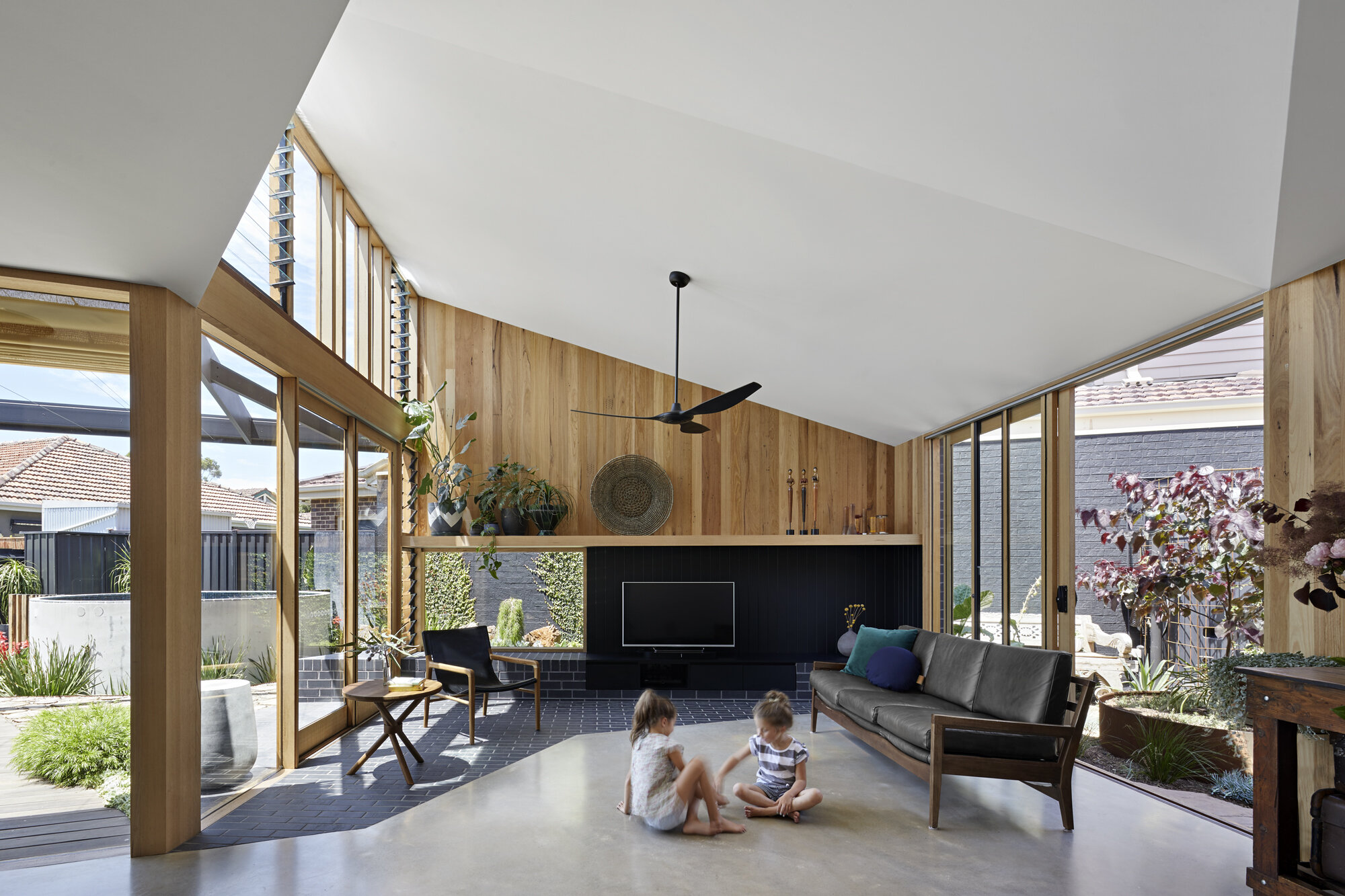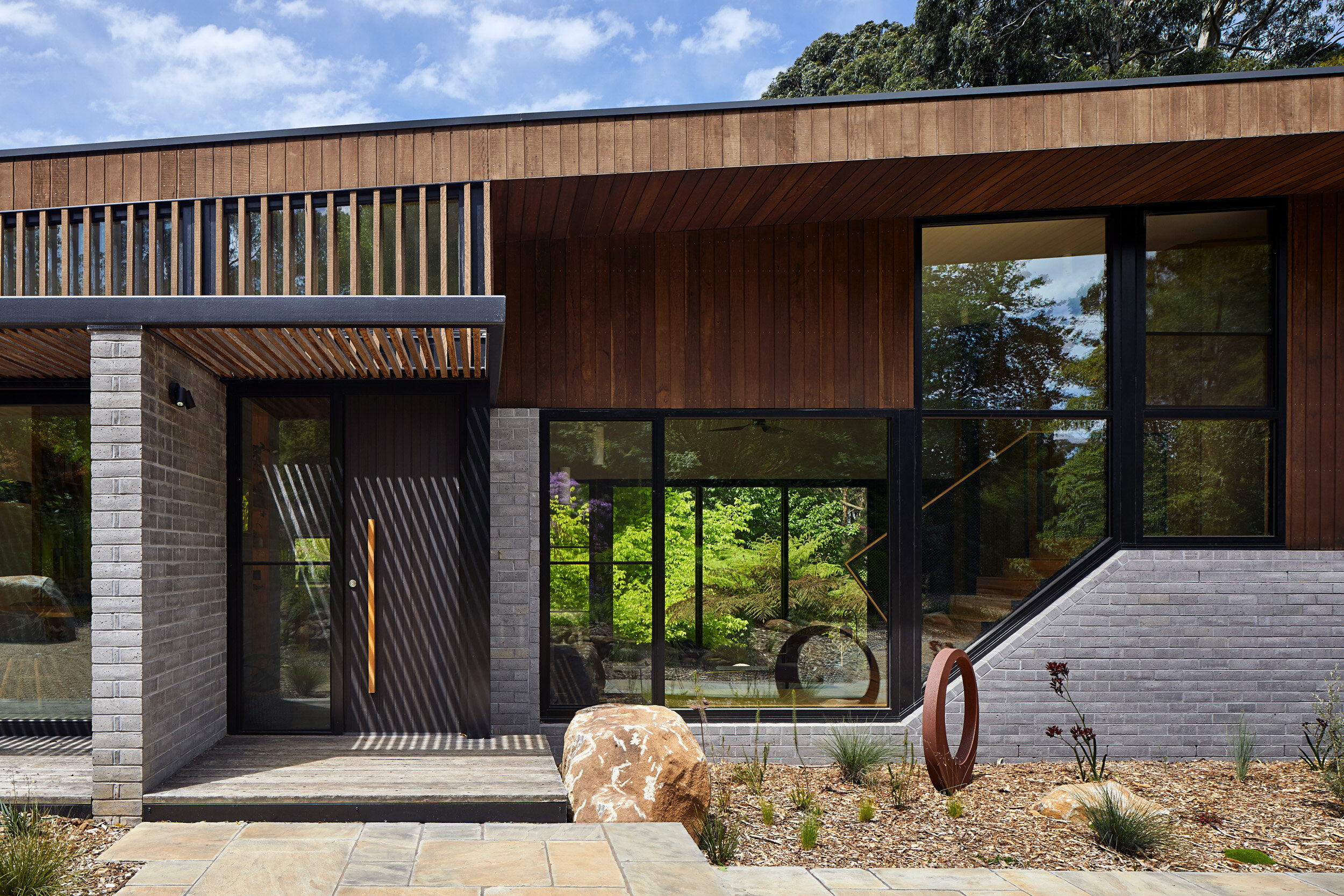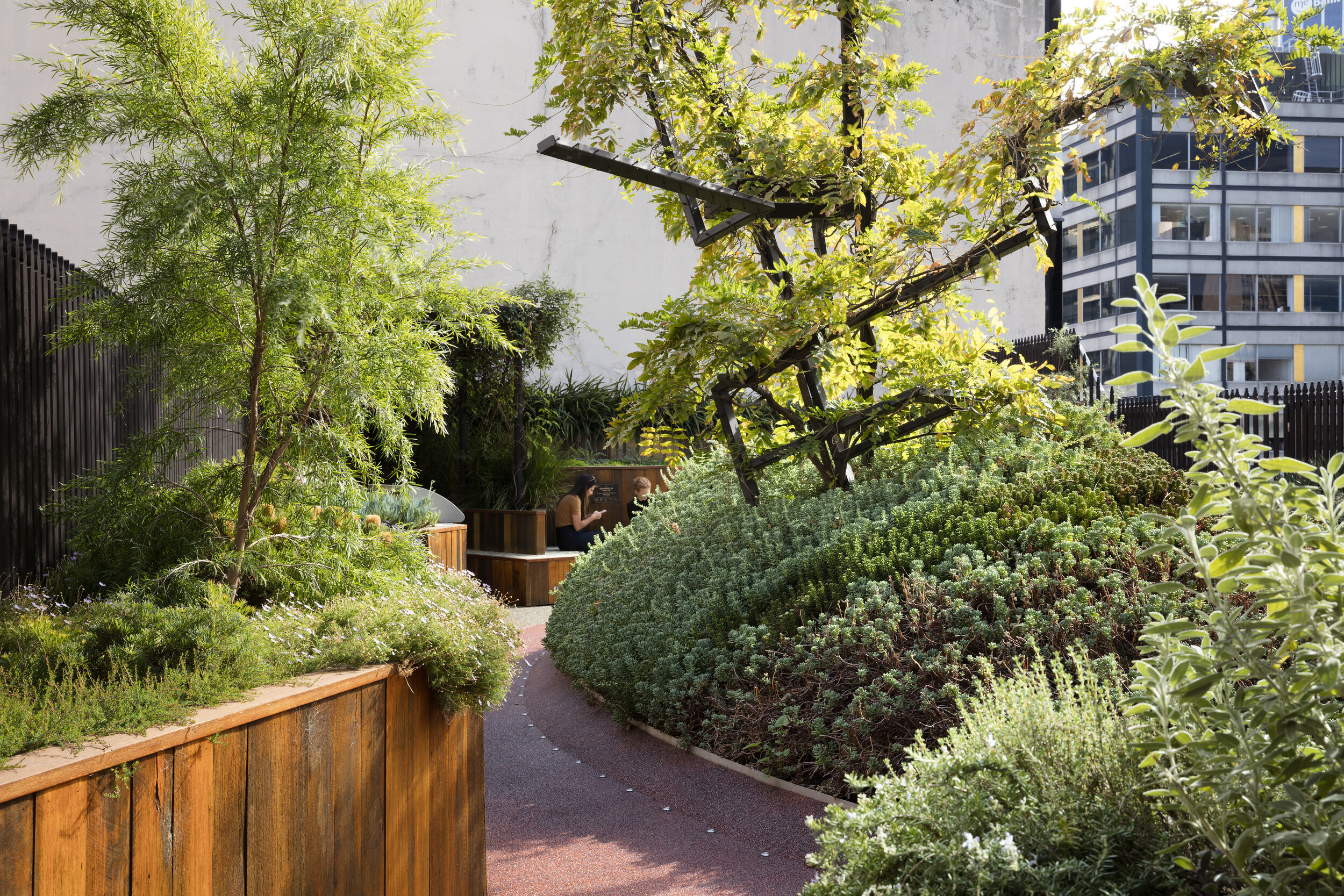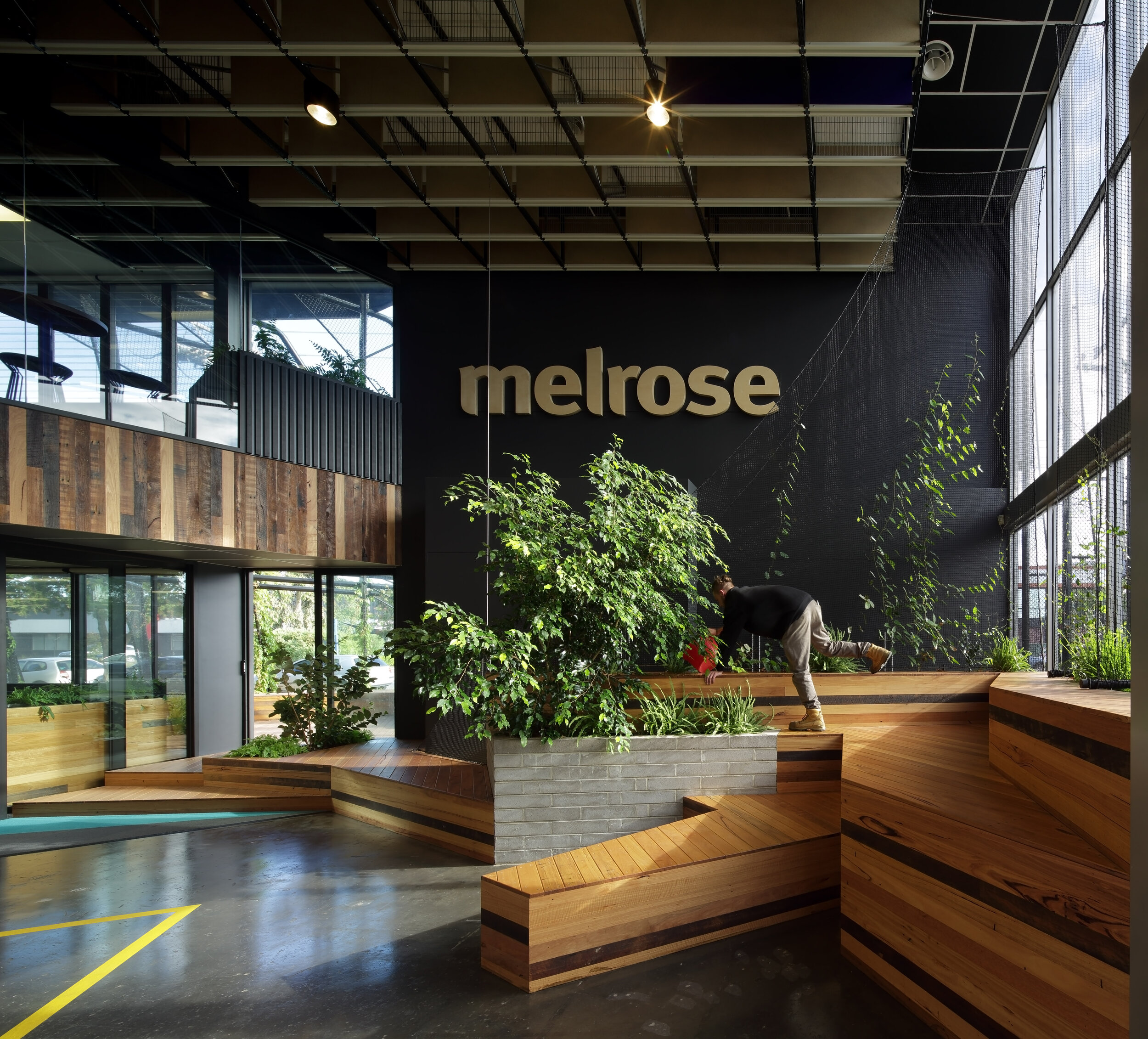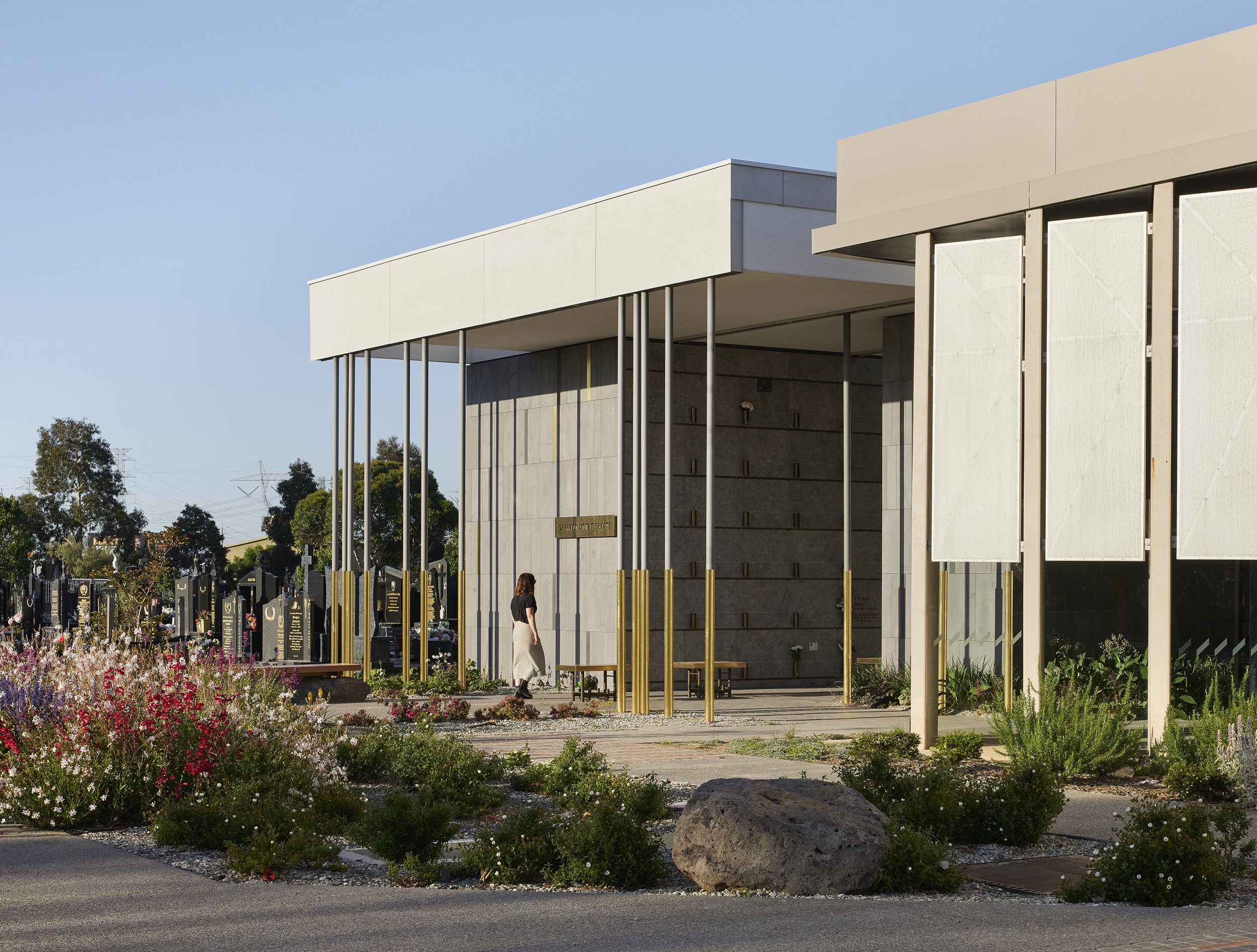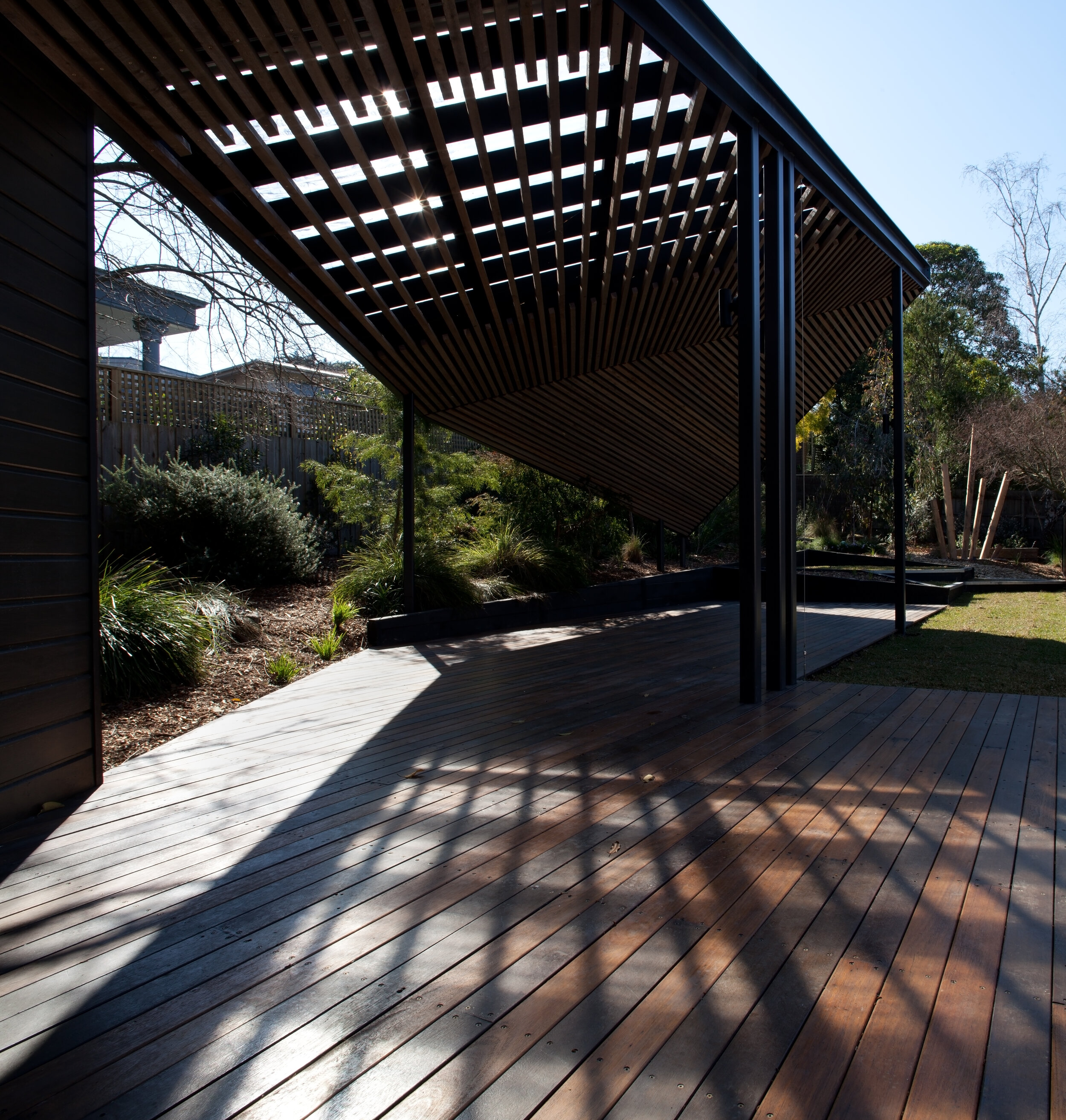It seems obvious, but designing housing to respond to the needs of people -- to create housing as if people mattered -- is often not the primary consideration in social housing projects. Too often price and expediency are the key drivers and, as a result, the human element is forgotten. With record spending on social housing announced here in Victoria, we think it's time to revisit one of our favourite design resources: Housing as if People Mattered. Published in the 1980s, the book continues to offer timely advice on how to design medium-density family housing to better serve the people who live there.
In researching Housing as if People Mattered, the authors looked at over one hundred housing case studies around the world and analysed post-occupancy evaluations and behavioural observations to determine the design strategies that have the biggest impact on residents' wellbeing. From this expansive research, the authors have developed a set of design guidelines to help architects and designers achieve the best outcomes in their own projects. It's a resource we turn to for every social housing project we're involved with, so we thought it would be helpful to share some of the key learnings we've taken from the book...
Image and building form
The way a house looks impacts how the people who live there feel about their home. As we've come to understand, residents of social housing don't want to stand out, they want to feel like they belong as part of the wider community. As the book explains, "a design that violates the local norm of 'home' may cause residents of subsidised housing to feel inferior or unworthy of living in the way most families in their culture aspire to live" (p. 45). Therefore it's important that social housing adopt a building form that's familiar and reflects prevailing houses in the area. At our recent projects, WAYSS Youth Transition Hub and Living Places, each dwelling is treated as a standalone home with its own entry, front garden and pitched roof, reflecting the surrounding suburban context. While the dwellings feel like part of their own community, they also speak the lingua franca of the surrounding houses.
Space hierarchy and community identity
Design guideline four of Housing as if People Mattered sets out the importance of space hierarchy in housing developments: clearly delineating between public space, community space and private space while guideline five discusses the need to create a sense of community identity by creating a relatively self-contained development where outsiders are discouraged. These points are particularly important in public housing settings where residents should feel they have ownership and agency over their community. The design of Living Places achieves this by internalising communal spaces and arranging dwellings to overlook these areas. Each dwelling overlooks communal spaces and shared driveways, but equally has its own private outdoor space. The theory must be working in practice as one of the residents, 'Mum', overlooking the area from her living room, felt empowered to ask a group of kids if they live there, "No, down the street", they replied, to which Mum scoffed, "this is private property." While the cheeky response came, "no it's not, the government owns it", this brief exchange demonstrates the power of these design guidelines to create a space residents feel they belong to and feel compelled to protect.
Private open space
One factor we feel is vitally important for comfortable living is access to private open space. Housing as if People Mattered agrees, with a chapter dedicated to its provision. Important things to consider when designing private open space for social housing projects are found in guideline 56, to "design and delimit front and back yards according to locally accepted norms of 'front' and 'back' behaviour." In an Australian context, this means providing a landscaped area at the front of the house and a semi-private place to sit overlooking the street or communal areas; a verandah. Out the back, it's more important to provide for privacy, a place to eat or entertain outdoors and storage. Another powerful guideline, 54, discusses the importance of good access between the inside of the dwelling and the private open space: that much sought-after indoor-outdoor connection. All of our social housing projects adhere to these principles, with front gardens that residents can feel free to tend and personalise with a spot to sit and connect with the neighbourhood. While out the back, a sunny, private space to enjoy which is well connected to living areas to ensure life can flow effortlessly outdoors.
Space for children
Housing as if People Mattered recognises children are often forgotten when it comes to medium-density housing developments. With nowhere safe to play, children are often confined to their small apartments unless physically supervised by a parent or guardian. This causes a number of negative flow-on effects including stress (for both children and parents), boredom, and vandalism. Providing adequate space to play and designing the whole site for safe play is crucial to ensuring families with children feel happy and comfortable in social housing. While dealing with a slightly older demographic in our WAYSS project (teens) we were certainly conscious of the need to create dedicated space for play and recreation. As the book details, teenagers need informal gathering places including both indoor and outdoor areas to hangout. A basketball court, communal garden and group kitchen, as well as deck space overlooking communal areas, provide a safe environment for teens to relax, hang out, learn to grow food, cook their own meals and blow off a bit of steam with their friends.
These are just some of the many helpful guidelines contained in Housing as if People Mattered, those we have found the most useful in our own projects. For anyone involved in the design of social housing, Housing as if People Mattered deserves revisiting. By referring back to this classic resource at this crucial time, we can ensure our investment in social housing does more than merely increase the supply of dwellings and boost the economy. We can ensure the people in our society who most need a place to live find somewhere they are proud to call home.





